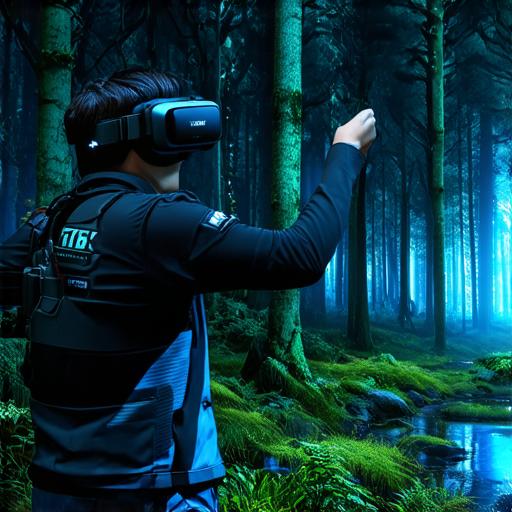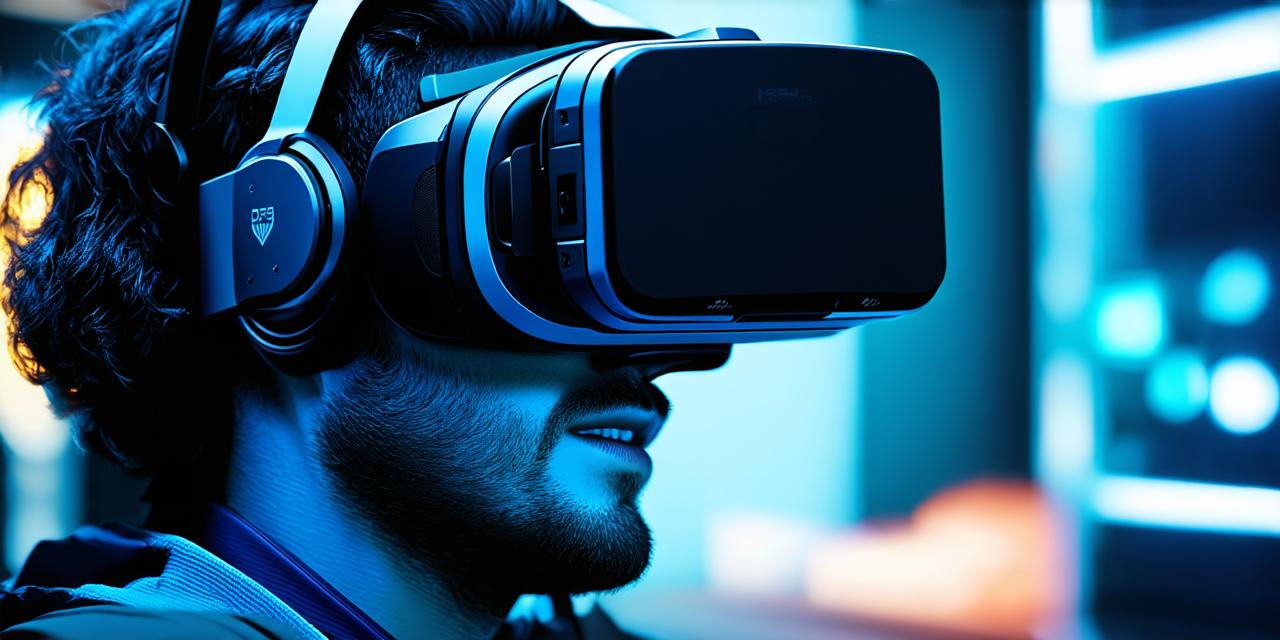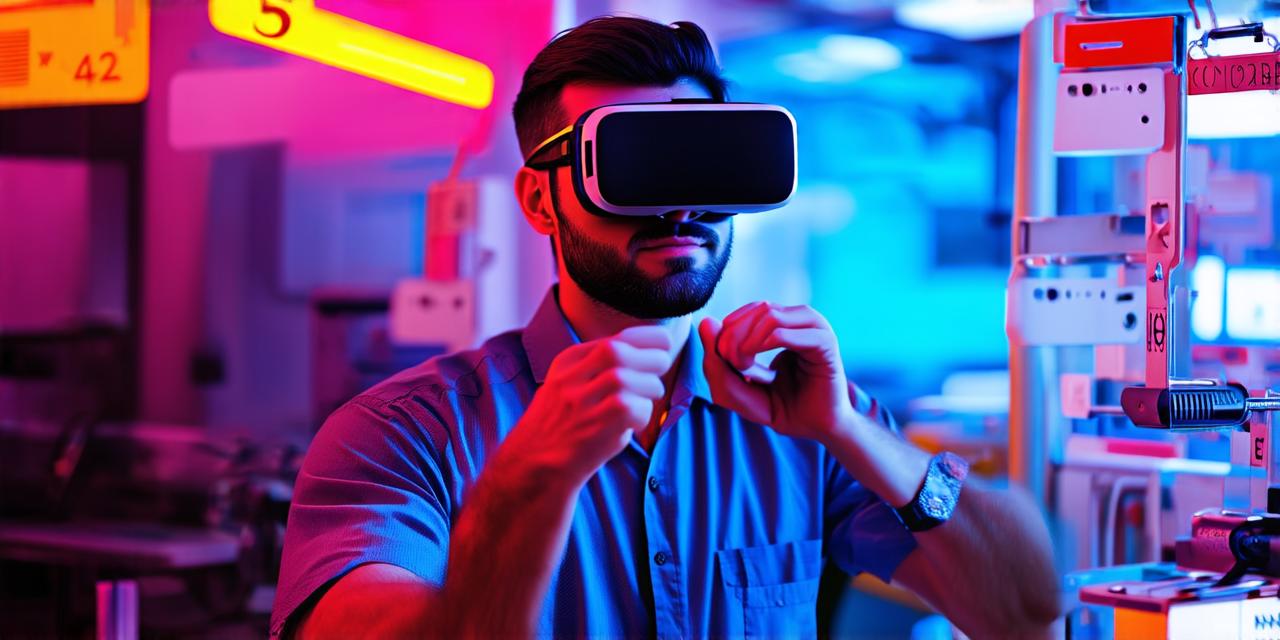Virtual Reality (VR) Technology in 2030
Enhanced Immersivity
One of the key trends in VR technology is the increasing focus on immersing users in virtual environments. This will likely continue into 2030 and beyond, as developers strive to create more realistic and engaging experiences. We can expect to see improved graphics and sound, as well as more sophisticated haptic feedback systems that allow us to feel more fully immersed in the virtual world.
Widespread Adoption
Virtual Reality technology is already being used in a variety of industries, from gaming and entertainment to healthcare and education. In 2030, we can expect to see widespread adoption of VR technology across even more sectors. This could include everything from virtual meetings and training simulations to immersive travel experiences and more.

Wireless Headsets
One of the biggest challenges with current VR headsets is the need for a computer or other device to power them. In 2030, we can expect to see wireless headsets that allow users to experience virtual reality without being tethered to a machine. This will make it easier and more convenient for people to use VR technology in a variety of settings.
Augmented Reality (AR) Integration
As VR technology continues to advance, we can expect to see more integration with augmented reality (AR) technology. AR allows users to experience virtual objects and content in the real world, and this could be a major trend in 2030 and beyond. We might see AR-enabled smart glasses or other wearable devices that allow us to interact with virtual content seamlessly.
Increased Accessibility
Virtual reality technology is currently expensive and requires specialized equipment to use. In 2030, we can expect to see more affordable and accessible VR technology, allowing more people to experience the benefits of virtual reality. This could include everything from low-cost headsets to mobile apps that allow users to access virtual content on their smartphones.
Conclusion
In conclusion, virtual reality technology is likely to continue advancing in many ways over the next decade. From improved immersivity and widespread adoption to wireless headsets and increased accessibility, there are many exciting developments on the horizon. Only time will tell what VR technology will be like in 2030, but it’s clear that this technology has the potential to transform our lives in ways we can only begin to imagine.


